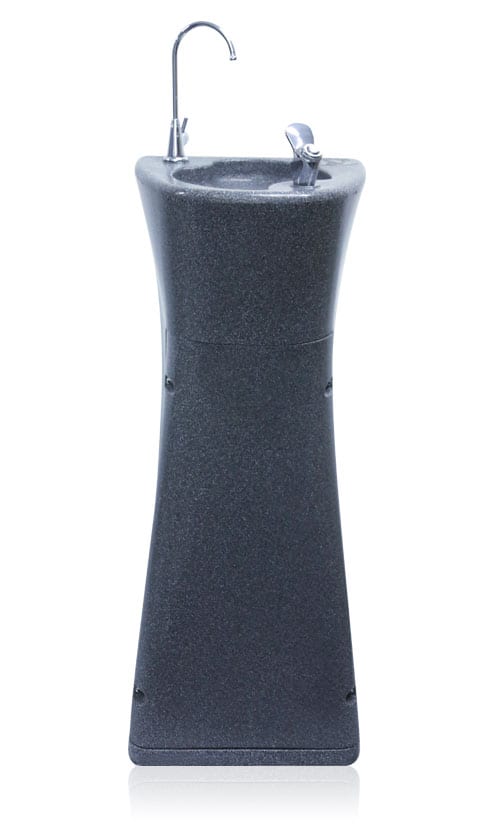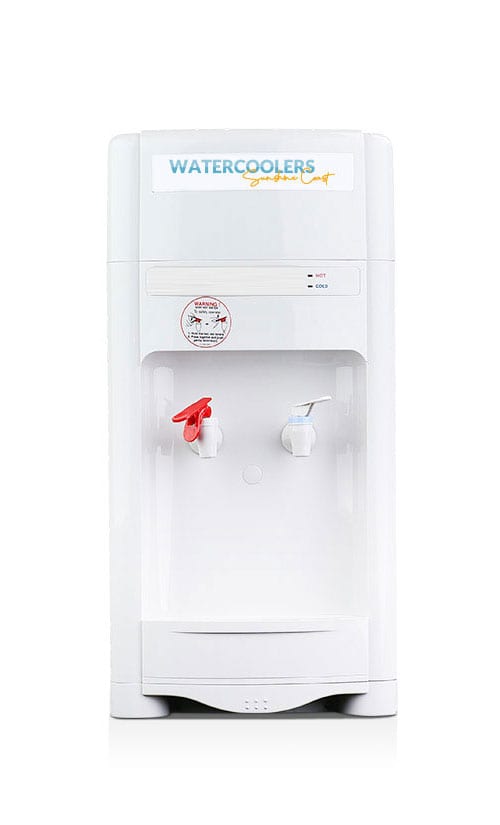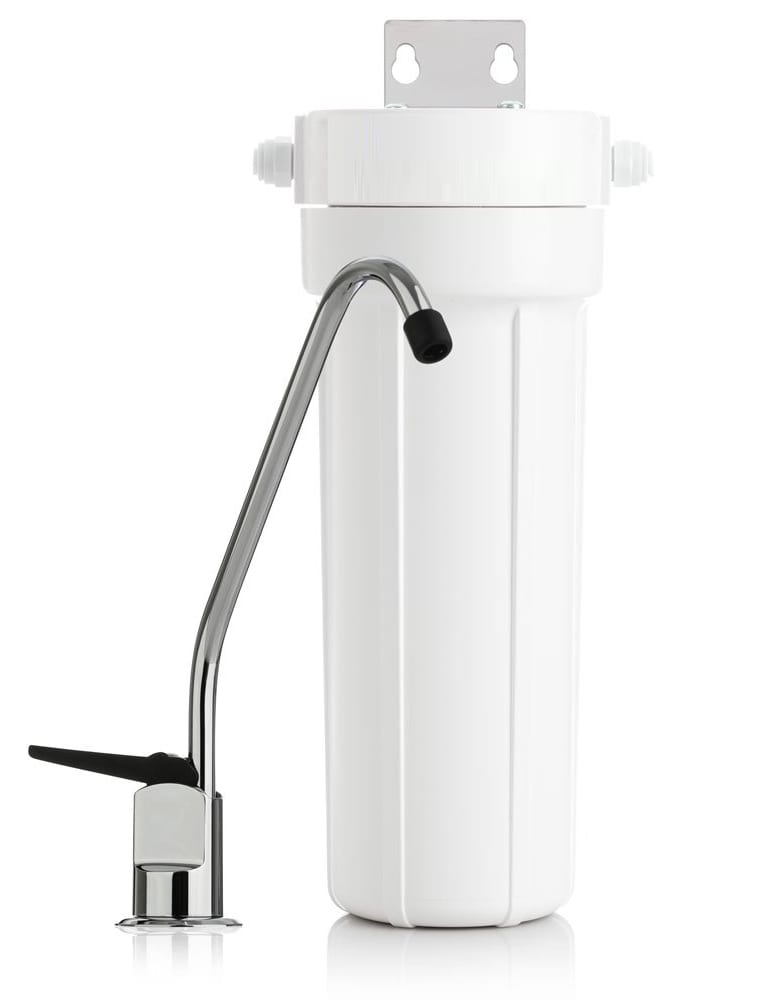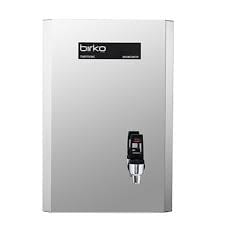Reverse osmosis systems began in the 1970’s as a way to get large quantities of pure water for industrial purposes. The water was not meant for drinking water and it did not face any of the standards that drinking water does.
However, as people began realizing how many toxic substances existed in their drinking water supply, they began installing these systems in their own homes to treat their drinking water supply. Often this was done without consumers asking themselves — what does reverse osmosis do? The answer may have changed their mind about installing the systems.
The concept behind reverse osmosis is fairly simple. It was created to filter water as finely as possible to get rid of anything in water for industrial use that shouldn’t be there. That included particles that were normally not filtered out by municipal water treatment systems.
WHAT IS REVERSE OSMOSIS?
Fine filtration is done by using a filter that is specially made for the process. This is accomplished with a membrane fitted with micro-pores. The pores are so tiny that water is allowed through but anything larger than a water molecule is filtered out.
The water to be filtered must be forced through the membrane at high pressure. It is one of the slower methods of filtration, however, because of the time it takes to force water through a filter with such small pores. Once the water goes through, there is some water left behind that is full of the particles that were too large to pass through.
The entire process is not an exact science and the membranes used are not perfect. The water pressure and the fine nature of the filter means that much of the water forced through it will not make it through. This results in enormous amounts of water that is wasted. The waste water then must be discarded from the filter system and new water is brought in to filter.
This leads to environmental problems as gallons of water are discarded for each gallon of water that makes it through the filter. The water may be discarded into the groundwater, or it may be sent back through the municipal water system. This results in higher water bills and more wasted water than with other filtering systems.
WHAT DOES REVERSE OSMOSIS DO?
The point of this filtration process is to rid the water of anything larger than a water molecule. Whether the substances being filtered out are helpful or harmful, all are removed. This leaves behind water that is perfect for some specialized industrial uses. It is useful for the photography industry and other industries in which the minerals in water are not needed.
The process does not, however, leave water that is healthy for humans to drink regularly.
The vital minerals that drinking water naturally contains are larger than water molecules. This means that they are filtered out along with the harmful substances. For this reason, reverse osmosis systems are not recommended for residential use to filter drinking water.
Larry Fletcher is an avid proponent of water purification and a passionate researcher on its health benefits. To get the facts on how to choose the best water purification system, visit http://www.pure-and-safe-water.com now.
Article Source: http://EzineArticles.com/?expert=Larry_Fletcher





